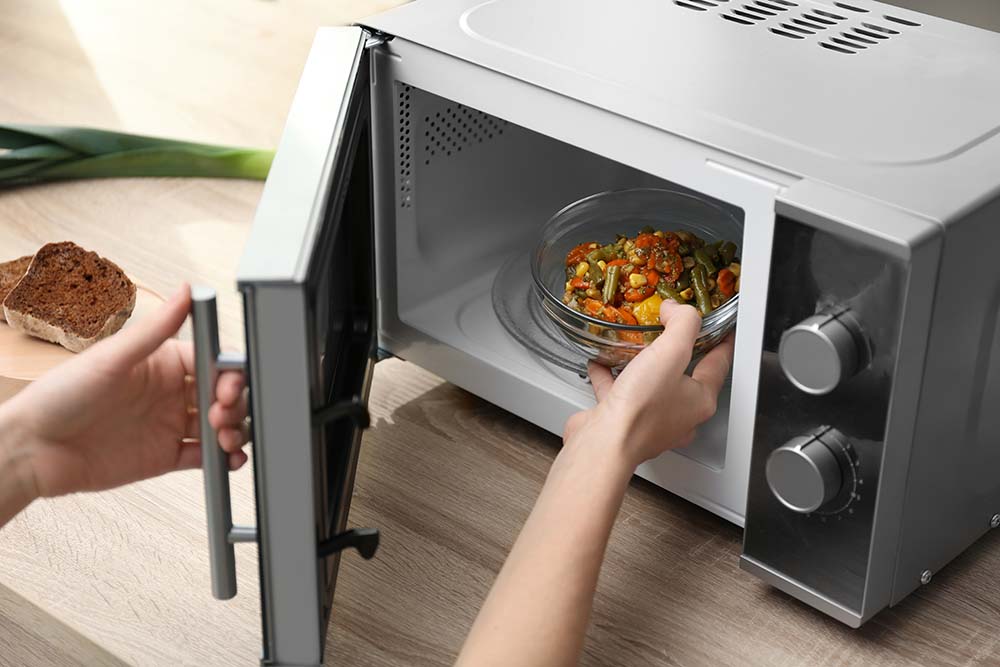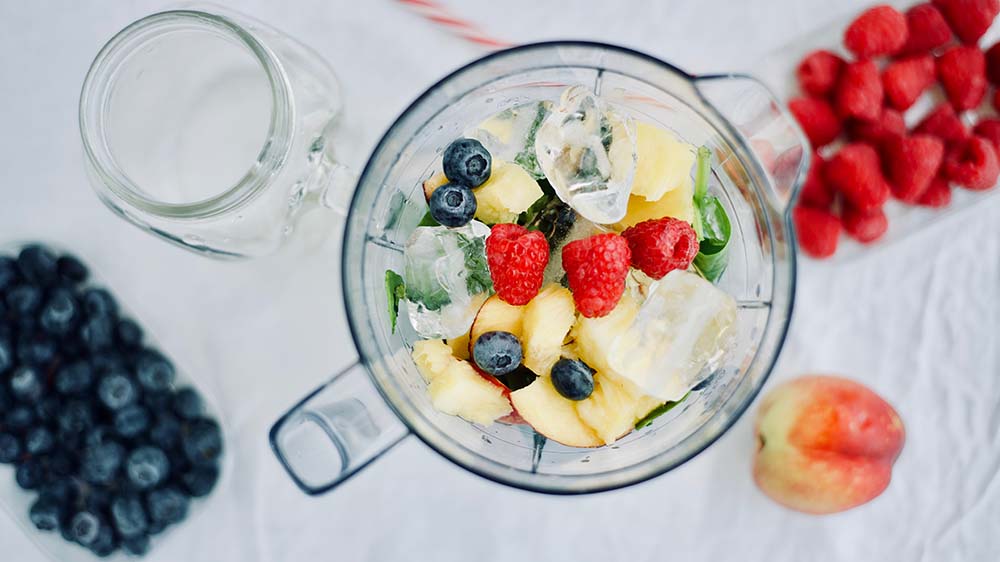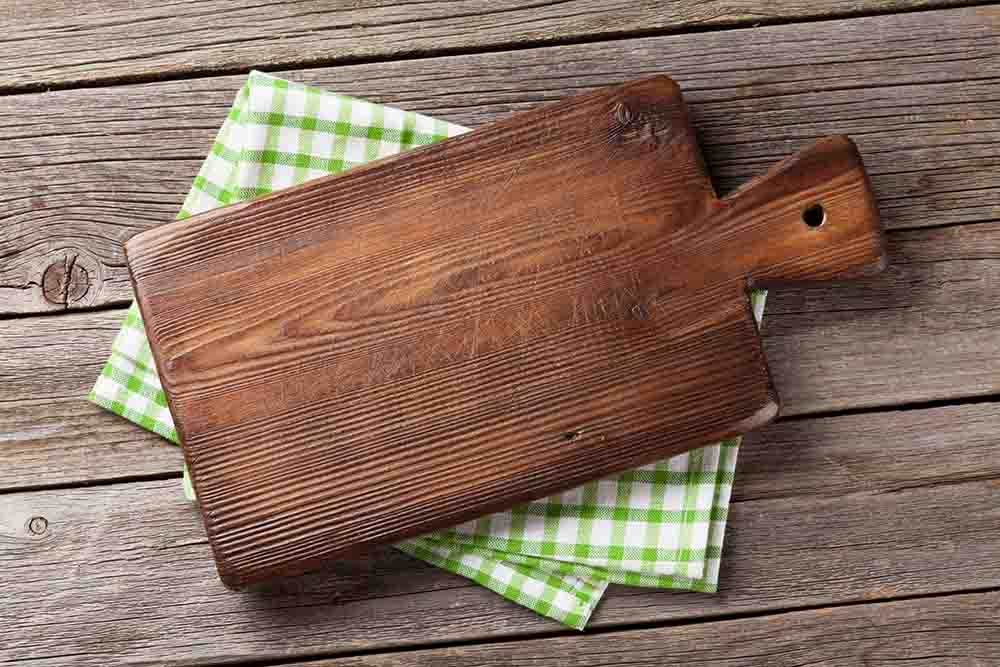If you thought you knew everything about your kitchen, your life has been a lie! Apparently, you may have been using your kitchen items incorrectly without even knowing it! It’s time to properly learn how to use everything in and around the kitchen. Life in the kitchen is about to become a lot more effective!
1. Microwave

Always use a round container while heating food, which will allow the food to cook more evenly. Avoid using rectangular or square containers, as the corners attract more microwave energy, meaning that the food in these areas becomes overcooked.
Microwave energy has a tendency to dry out your food quickly. Microwave energy is attracted to salt, so add salt after you’ve microwaved, or mix it through the dish before cooking to avoid dryness.
2. Blender

The order of the ingredients inside your blender makes a huge difference. Start with your liquid base, then top with ingredients from smallest to largest or soft to the toughest. The liquids will let the blades run smoothly without any hiccups.
3. Food Wrap

Did you know that the box in which the food wrap comes can stay put without you having to struggle? When you turn that box to the side and there is a tab that you can press inwards, holding the tube in place. Aluminium foil also has the same feature on its box.
4. Refrigerator

Door shelves are one of the warmest parts of your fridge. Avoid storing items that need maximum cooling like milk and juice on the door shelves.
The fridge temperature correlates to how much food you have in it. Make sure there is enough space between items to allow air to circulate and avoid spoilage.
5. Freezer

Storing leftovers in your freezer is a great idea! Your leftovers remain fresh in the freezer and last up to a week as opposed to a day or two in the fridge.
6. Wood Cutting Boards

Avoid washing your wooden boards under the faucet or soaking it in water as moisture settles and bends the board. Instead, scrub the board using half a lemon and some coarse salt. After scrubbing, wipe the board clean with a clean dry cloth.
Remember: you should move, not your cutting surface. Always place a damp cloth below the chopping board to prevent slipping or injuries.
7. Knives

Knives should always be dried immediately after they've gotten wet to avoid blunt edges and rust.
Never use kitchen knives to open up a delivery package or on any other non-food items. This is one of the quickest ways to ruin them.
While grabbing a knife by its grip is certainly a safer approach, it is a wrong approach. When you use a knife, place your thumb on the blade to steady it. Your index finger should rest comfortably on the other side. Think of your fingers as stabilisers, holding the knife in place; then allow the handle to rest comfortably in the fleshy part of your palm (like pictured).
8. Saucepans

Did you know that the hole in your saucepan handle isn’t there to hang them up from a pot rack? It was created by manufacturers for spoons and ladles. Instead of laying your spoon on your counter and making a mess, place the spoon in the handle's hole. All you curry lovers will surely love this!